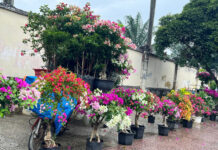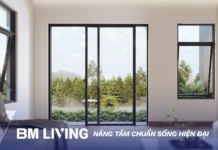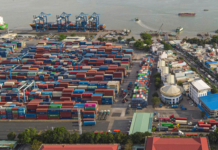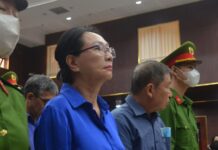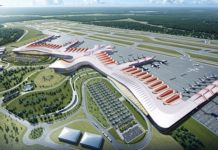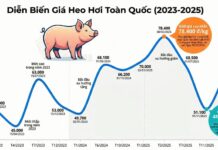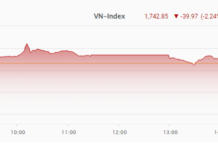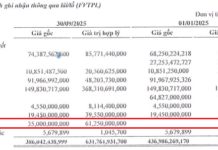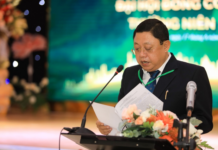Lack of Implementation in Land Use Planning in Ho Chi Minh City
The Ho Chi Minh City Department of Natural Resources and Environment has recently released a report highlighting the shortcomings and limitations in land use planning within the city.
As of the end of 2020, over 560 projects and constructions in Ho Chi Minh City had registered for land use but have yet to be implemented. During the planning process, the relevant authorities and local divisions failed to specify the construction start dates and projected completion timelines.
The projects are primarily concentrated in the following sectors: transportation (117 projects), commerce and services (18 projects), urban development (73 projects), education and training (29 projects), and industry (31 projects).
Notable projects and constructions include the Ho Chi Minh City – Moc Bai Expressway; the beltways (3 and 4); Metro Line 4b (Gia Dinh Park Station – Lang Cha Ca Station); Metro Line 5 (Can Giuoc New Bus Station – Saigon Bridge); Da Phuoc Depot (Line 5); Metro Line 6 (Ba Queo – Phu Lam Roundabout); and Monorail Line 2 (National Highway 50 – Binh Quoi Urban Area).
 A reclaimed land urban area in Ho Chi Minh City that has registered for land use but has not yet been implemented. |
Other projects include the Northwest Urban Area; Rach Chiec Sports Complex; Hiep Phuoc Downstream Port Area; Quang Trung 2 Software Park; Hung Long University Urban Area; VIUT International University Urban Area; Can Gio Reclaimed Land Urban Area; International Amusement Park; Binh Quoi – Thanh Da Urban Area; Pham Van Hai Industrial Park; Hiep Phuoc Industrial Park (Phase 2 and 3), and more.
According to the Ho Chi Minh City Department of Natural Resources and Environment, the primary cause of these shortcomings is the lack of clear and specific regulations governing procedures for land acquisition, compensation, and the auctioning of cleared land to select investors.
Additionally, inconsistencies and overlaps exist between construction planning and land use planning, as well as between land use planning and urban planning (particularly分区规划). This has resulted in situations where residents are granted permission to convert agricultural land to residential or productive land but are denied building permits (due to conflicts with分区规划) or are only issued temporary building permits with limited validity. Residents may also be unable to transfer land use rights after purchasing land. These complications have led to complaints and denuncias regarding land and construction, as well as unauthorized construction in suburban areas.
“Compensation and land clearance have been challenging. Many projects have been prolonged and remain unfinished, leading to project delays and increased investment costs. Projects funded by the state budget for compensation and construction have faced slow and limited capital allocation,” the Ho Chi Minh City Department of Natural Resources and Environment stated.
In terms of land use for real estate projects, Ho Chi Minh City faces limitations in land valuation methods and determining land prices. As a result, many projects have been unable to settle their financial obligations related to land for years, leading to numerous consequences, delays, and adverse impacts on urban development and municipal revenue. The legitimate rights and interests of investors and affected residents have not been fully and promptly protected.
Duy Quang



